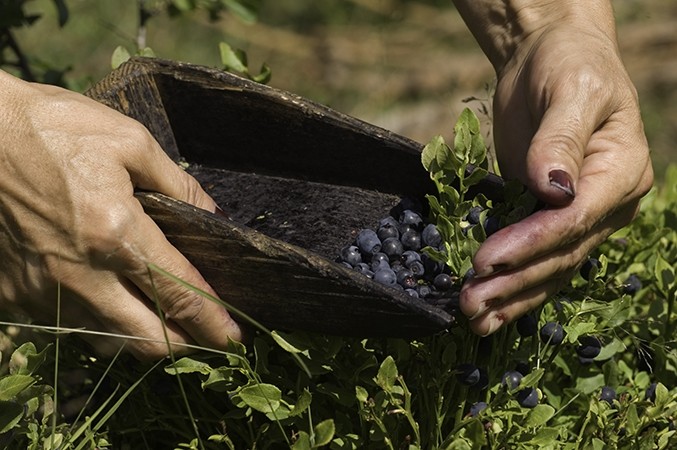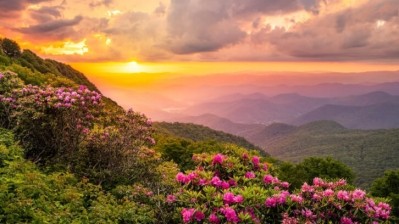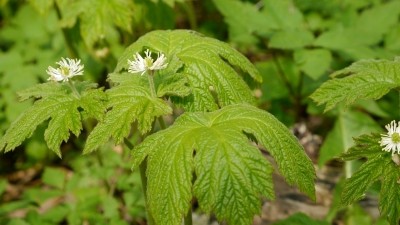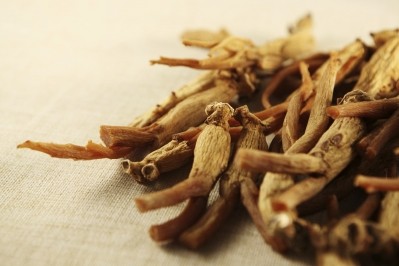Wildcrafters could become their own endangered species, experts say

Going out into the hinterlands to harvest material is something that requires detailed knowledge and a willingness to get dirty. It’s often a source of income of the last resource, something that many of those who practice it, especially younger people who are in the trade, will drop for better opportunities.
“I don’t know if there’s any real data, but it has been the historical pattern in the past,” herbal consultant Steven Foster told NutraIngredients-USA. “If the economy is good, people don’t want to go out into the woods and kick around with the copperheads and rattlesnakes.”
But economic vicissitudes have always been a feature of the American economy, where much of the demand for wildcrafted herbs comes, and of the economies of the source nations, which includes most of the globe. What’s changing now is a fundamental shift in the character of rural life all over the world, and it is from rural communities that almost all wildcrafting manpower comes. Urbanization and technology are seen as a double whammy that is impacting the wildcrafting scene now and increasingly in the future.
Urbanization, technology change picture
According to a recent United Nations report, more people now live in cities than in the countryside. Globally, 54% of the world’s population lived in urban areas in 2014. In 1950, 30% of the world’s population was urban, and the UN projects that by 2050, 66% of the world’s population is projected to be urban. North America was the world’s most urbanized region (82%), followed by Latin America and the Caribbean (80%) and Europe (73%).
And it’s not just that rural areas are being depopulated. It’s also that life is changing dramatically even for those people who are living close to the land. Young people are being exposed to technologies that give them a sense of the wider world and the opportunities it affords.
“The wildcrafting market is definitely undergoing a fundamental change. It has been changing for a while but it is happening much more quickly now,” said Edward Fletcher, director of quality & sustainability at Herbal Ingenuity. “When kids grow up on a farm they want to get to a city and get a job. It’s hard for me to believe, but even in someplace like the jungle in Nicaragua all the kids were playing games on their cell phones.”
The draw of cities is one of the factors in this picture. Another is the push from highly productive technologically sophisticated farms that make it harder and harder for small scale agriculture to compete. The result is the depopulation of the countryside, and it is seen not only in North America, Foster said.
One of the areas he has worked in is Montenegro, on the coast of the Adriatic Sea, where rural life has been profoundly affected. Montenegro is the source of a number of wildcrafted materials including bilberry, juniper berries and wild sage.
“In the villages all of the young people are leaving. They are just not there. There was an article in the newspaper about one village in which all of the young people and women had left and the only people still living there were three dozen old men,” Foster said.
Loss of knowledge base
Loss of manpower is one thing; loss of the knowledge about what to pick, where to find it and when to pick it is an even more serious issue. Once that string is broken, it’s hard to reestablish, Foster said. While many local reference materials exist on what herbs grow where and how to identify them, that hands-on experience is difficult to replace. It could mean future shortages of herbs that have traditionally been wildcrafted, either because cultivation doesn’t pay or cultivated materials haven’t been shown to match up to their wild-grown counterparts.
“I think we’re coming toward that now, where a large percentage of European herbs in the trade are wildcrafted in Eastern Europe. The generations who did that are passing on now,” he said.
Responsibility of buyers
Wildcrafted materials can sometimes command high prices. One example in Foster’s experience was goldenseal, after a mistaken notion circulated in the late 1990s that the herb could mask the results of drug urinalysis tests. But for the most part, the relentless drive toward the bottom in retail prices of many categories of consumer goods has made it difficult for wildcrafters to earn a living wage. For Fletcher, it is a depressing, downward spiral.
“The consumer is still very price conscious which is still hard for me to understand. Why would you want to buy the cheapest product off the shelf and put it into your body for your health? Buy cheap socks or cheap shoes or something; don’t cut corners on your health,” Fletcher said. “It’s not that there is no demand for wildcrafted herbs, but the buyers, manufacturers and retailers have put that backward pressure down the supply chain to keep prices down,” he said.
What's next?
In a future installment, NutraIngredients-USA will look at what companies need to do to secure their supply chains as the wildcrafting picture changes.














